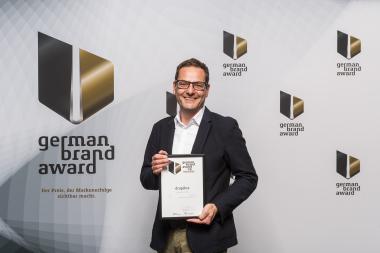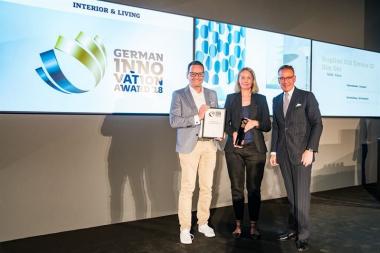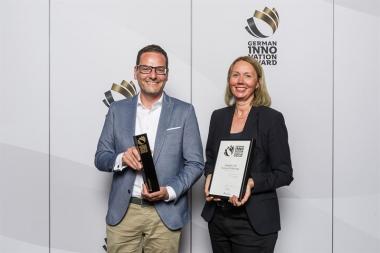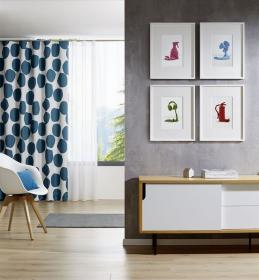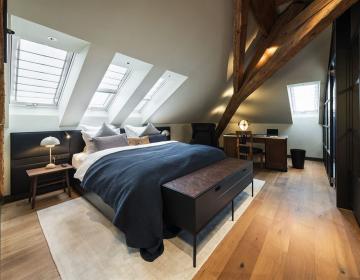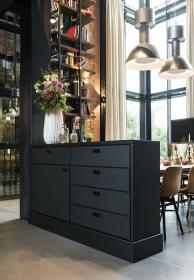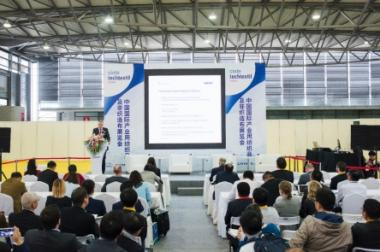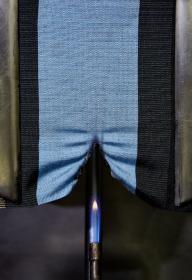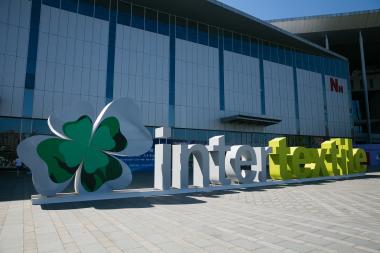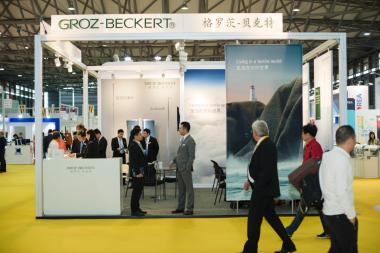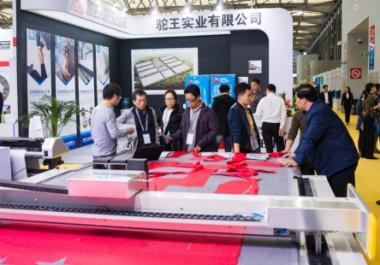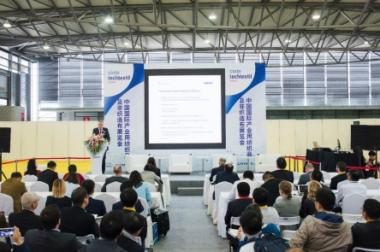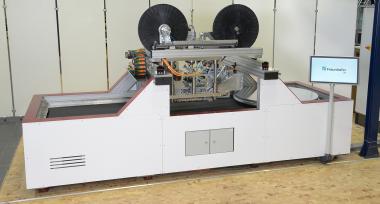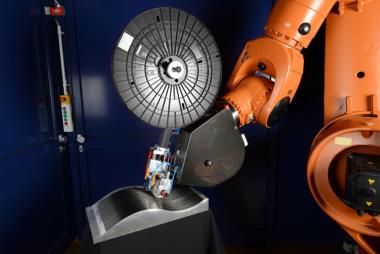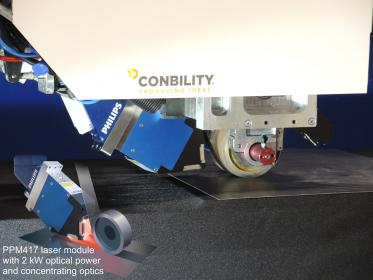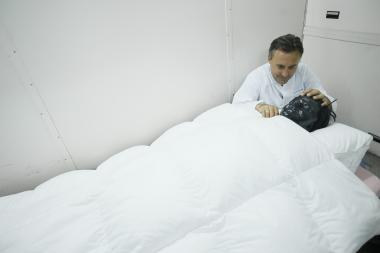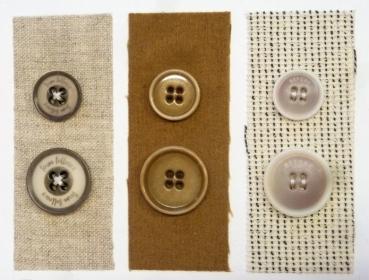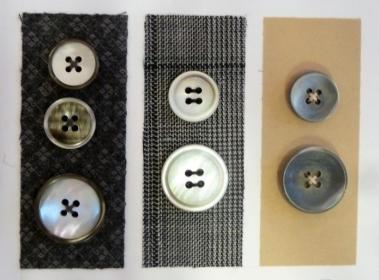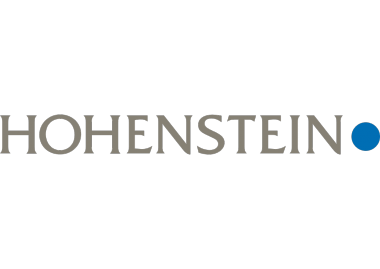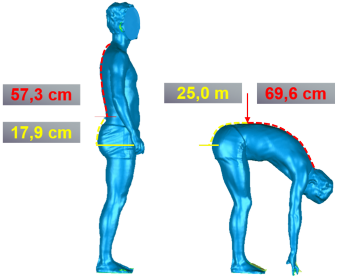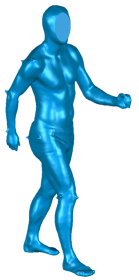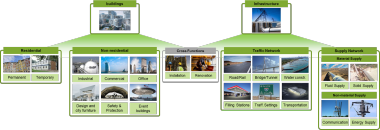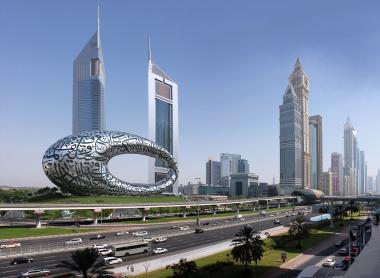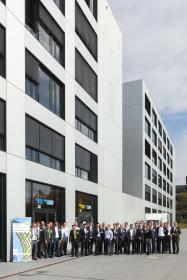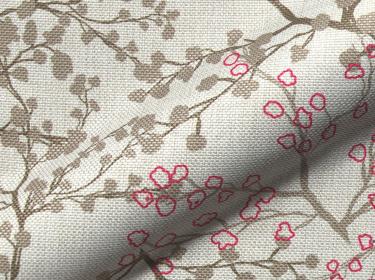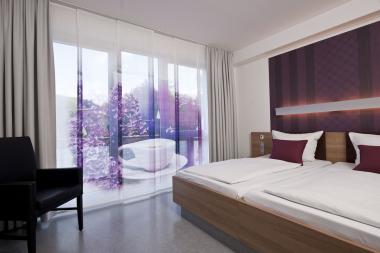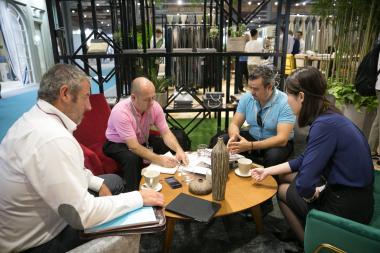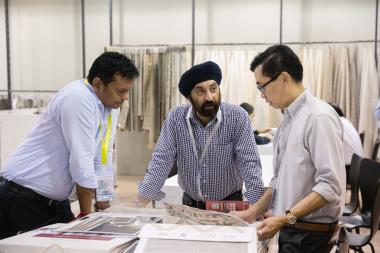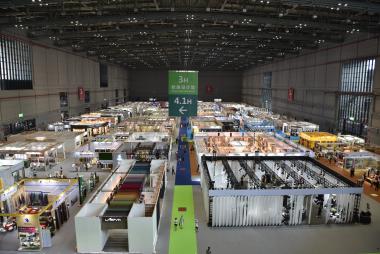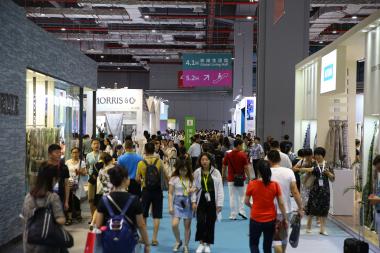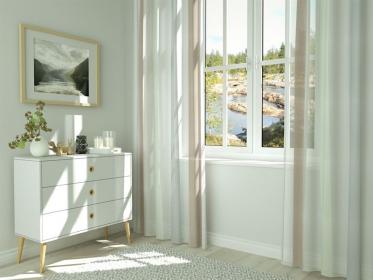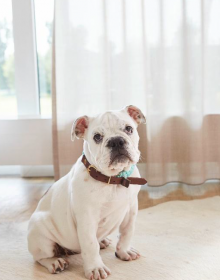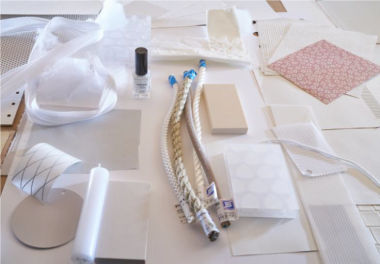German Brand Award geht an drapilux
Nach dem German Innovation Award und dem German Design Award hat drapilux den German Brand Award in der Kategorie „Interior und Living“ für seine exzellente Markenstrategie erhalten.
Auf dem Markt ist drapilux nicht nur der Hersteller von Bezugs- und Dekorationsstoffen mit der größten Auswahl an intelligenten Funktionen, sondern hat diese überhaupt erst eingeführt. Sicherheit, Hygiene, Raumqualität und Akustik werden durch die Funktionen „flammstop“, „akustik“, „air“ und „bioaktiv“ der drapilux-Textilien erheblich verbessert.
Das spiegelt sich deutlich in der Corporate Identity wider: „drapilux hat mit seiner ‚Mehr als nur Stoff‘-Imagekampagne den Markenkern besser denn je auf den Punkt gebracht“, sagt Marketingleiter Markus Overbeck, der den German Brand Award in Berlin entgegennahm. So bezeichnet der Claim „Intelligence woven in“, zu Deutsch „gewebte Intelligenz“, die hohe Qualität der Textilien mit eingebauter Sicherheit, für die die Marke international bekannt ist.
Dass die Textilien „innere Werte“ besitzen und damit Kunden im Alltag einen echten Mehrwert bieten, wird anhand symbolhaft dargestellten Stoffnachbildungen sichtbar: Ein roter Stoff-Feuerlöscher, grüne Ohrenschützer aus Textil, ein blauer, gewebter Ventilator und eine rosafarbene Textil-Desinfektionsmittelflasche zeigen auf der Webseite, auf Messen, auf allen Kommunikationskanälen, wofür drapilux steht. Die vier Imagemotive sind zu den Sinnbildern für die Alleinstellungsmerkmale von drapilux geworden. „Die Strategie, für die die Marke ausgezeichnet wurde, bauen wir auch weiter aus. Dazu wird es eine weiterführende Kampagne geben, die noch im Laufe des Jahres starten wird“, so Overbeck.
drapilux, Interieur, Textilien
schönknecht : kommunikation


